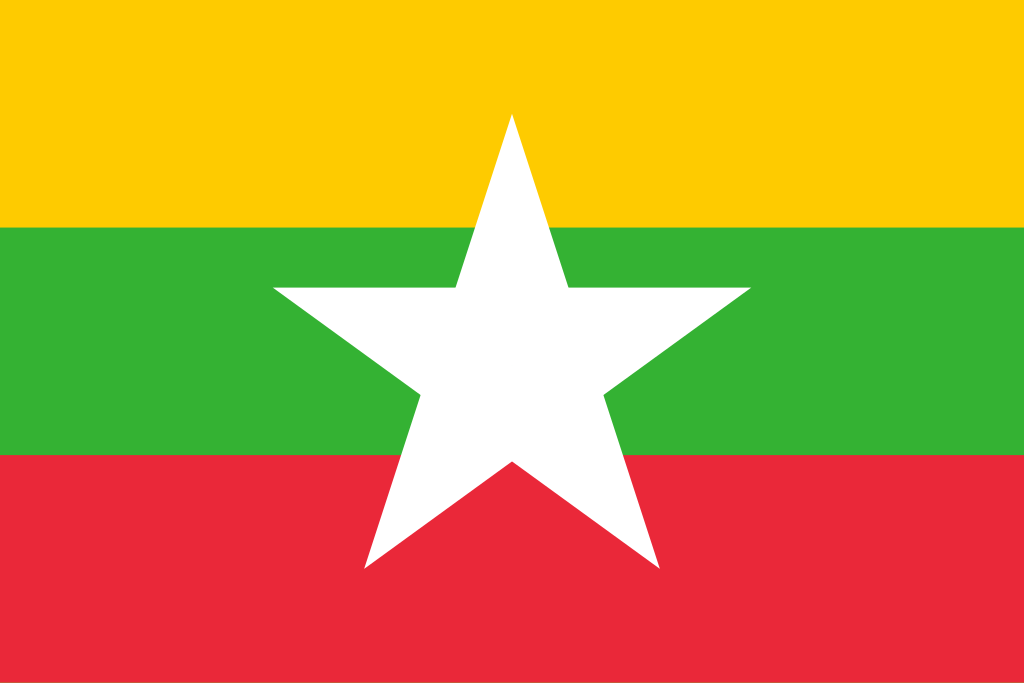In today’s globalized world, content creation often requires translation into multiple languages to reach a wider audience. While traditional human translation was once the only way to get accurate translations, technology has significantly transformed the translation industry. One powerful tool is Machine Translation (MT), which uses artificial intelligence to automatically translate text. However, MT is not perfect. This is where Machine Translation Post-Editing (MTPE) comes into play. Let’s dive into what MTPE is, how it works, and why it’s an essential part of the translation process. What is Machine Translation (MT)? Machine Translation (MT) is the process where software translates text from one language to another without human input. Google Translate is a common example of MT that we encounter daily. MT systems have been improving significantly, but they still struggle with some linguistic nuances, especially in complex texts. This is because language isn’t just about swapping words from one language to another; it involves understanding context, tone, culture, and style. This is where post editing machine translation comes into play, enhancing the quality of machine-generated translations. Human Translation vs. Machine Translation Human translation and machine translation are two distinct methods for converting content from one language to another. Human translation involves a human translator manually interpreting and translating the text, ensuring that the nuances, context, and cultural subtleties are accurately conveyed. This approach is generally more precise and nuanced, as human translators can understand the intricacies of language and culture. On the other hand, machine translation uses artificial intelligence and algorithms to automatically translate text. While machine translation is significantly faster and more cost-effective, it often lacks the depth of understanding that a human translator brings. Machines can struggle with idiomatic expressions, context, and cultural references, which can lead to less accurate translations. In summary, human translation excels in accuracy and cultural sensitivity, making it ideal for content where these factors are critical. Machine translation, however, offers speed and cost savings, making it suitable for large volumes of content where perfect accuracy is not as crucial. The Need for Post-Editing Machine translations can be fast and affordable but may lack the accuracy and cultural sensitivity of human translations. For example, a machine translation might produce grammatically correct sentences but miss the intended tone or meaning. This can lead to awkward, incorrect, or even offensive translations if the machine misunderstands the context. MTPE comes into play to solve this problem, with human editors refining the machine-generated content to ensure accuracy and cultural appropriateness. What is Machine Translation Post-Editing (MTPE)? MTPE, or Machine Translation Post-Editing, is the process of editing and improving text translated by a machine to make it more accurate, natural, and culturally appropriate. After a machine produces a translation, a human translator, or “post-editor,” goes through it, fixing errors, improving fluency, and ensuring high translation quality. Types of MTPE: Light and Full There are generally two types of MTPE, depending on the level of accuracy required: light post-editing and full post-editing. 1. Light Post-Editing (LPE): This approach focuses on making the translation understandable and error-free but doesn’t necessarily aim for perfection. It’s often used when speed and cost are the main concerns, like for internal documents where a perfect translation isn’t required. The goal here is to quickly correct major errors, fix misunderstandings, and make the text readable.2. Full Post-Editing (FPE): Full post-editing aims for a higher-quality translation that matches human translation standards. Here, the post-editor goes through the translation carefully, making sure it’s accurate, culturally appropriate, and natural-sounding. This type of MTPE is commonly used for customer-facing content, such as websites, marketing materials, and publications, where accuracy and professionalism are crucial. The MTPE Process: Step-by-Step Let’s look at a typical MTPE process: 1. Preparation and Briefing: Before starting, the post-editor reviews the original content to understand the purpose, audience, and style of the text. They might receive specific instructions from the client, such as preferred terms or a particular tone. This helps the post-editor keep the final translation aligned with the client’s goals.2. Initial Machine Translation: The text is translated by a machine translation tool (such as Google Translate, DeepL, or a custom MT engine). The quality of the MT output varies depending on the tool, language pair, and complexity of the text.3. Post-Editing: This is where the post-editor takes over. They review the machine translation and make necessary changes. The extent of the edits depends on the level of post-editing required (light or full). They correct any errors, adjust the tone, fix awkward phrasing, and ensure that the text makes sense and serves its purpose.4. Quality Check: After post-editing, the text goes through a final quality check. Some companies use automated quality-checking tools, while others have another human review the content to ensure accuracy and consistency. Post-Editing Techniques Post-editing is the process of refining machine-translated content to enhance its accuracy and quality. There are several techniques that post-editors can employ: Light Post-Editing (LPE): This technique involves making minor adjustments to the machine-translated text to improve its readability and correct major errors. The goal is to make the content understandable and error-free without striving for perfection. Light post-editing is often used for internal documents or content where speed and cost are primary concerns. Full Post-Editing (FPE): Full post-editing is a more thorough approach, where the post-editor meticulously reviews and edits the machine-translated text to ensure it meets high-quality standards. This includes correcting all errors, improving fluency, and ensuring cultural appropriateness. Full post-editing is typically used for customer-facing content, such as marketing materials and publications, where accuracy and professionalism are paramount. Review and Revision: This technique involves a comprehensive review of the machine-translated content, followed by necessary revisions to ensure it meets the required quality standards. This step is crucial for maintaining consistency and accuracy, especially in specialized fields like medical or legal translations. The Role of Post-Editors Post-editors are essential in the machine translation post-editing process. They are responsible for reviewing and refining machine-translated content to ensure it is accurate, fluent, and culturally appropriate. A successful
















